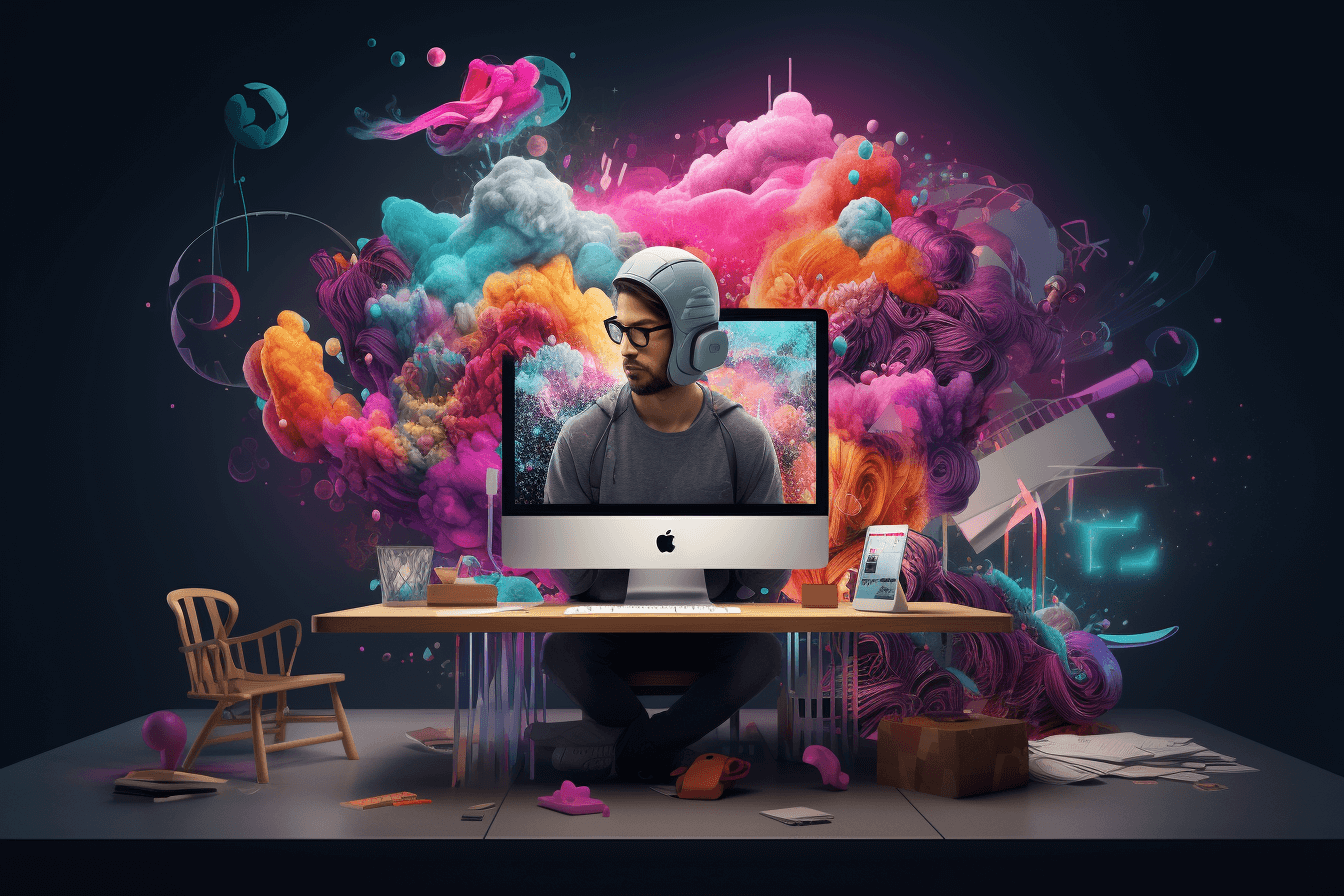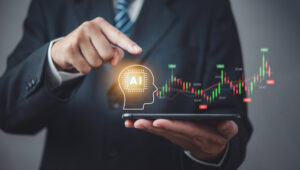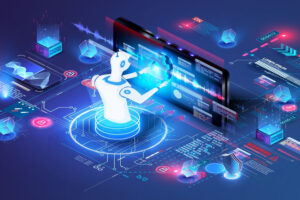In the fast-paced world of graphic design, the demand for high-quality and high-volume graphic tasks is ever-increasing. Enter AI for high-volume graphic tasks, a revolutionary tool that is transforming how designers approach their work. By blending creativity with technology, AI is not just a tool, but a game-changer in the field of design.
As digital creators, understanding the potential of AI in streamlining graphic tasks is essential. This article delves into the ways AI is reshaping the landscape of graphic design and why it matters to you.

Understanding AI in Graphic Design
What is AI?
Artificial Intelligence, or AI, refers to computer systems designed to perform tasks that typically require human intelligence. These tasks include visual perception, speech recognition, decision-making, and even design. In graphic design, AI can automate repetitive tasks, improve design accuracy, and enhance creativity.
AI in Graphic Design
In the realm of graphic design, AI is used to automate tasks such as image editing, layout creation, and even generating unique design elements. By utilizing AI, designers can focus on more complex and creative aspects of their work, thus improving overall productivity and creativity.
The Role of AI in High-Volume Tasks
Efficiency and Speed
The most significant advantage of AI for high-volume graphic tasks is its ability to handle large volumes of work with speed and precision. This capability drastically reduces the time spent on repetitive tasks, allowing designers to allocate more time to creative processes.
Consistency in Design
AI ensures consistency across all design elements. Whether it’s maintaining a brand’s color palette or ensuring uniformity in layout, AI can ensure that every piece of design work aligns with the desired standards.
Transforming the Design Workflow
Automating Repetitive Tasks
Tasks such as resizing images, adjusting color schemes, and organizing layouts can be automated using AI. This automation allows designers to focus on the creative elements of their projects, enhancing overall efficiency.
Enhancing Creativity
By taking over mundane tasks, AI empowers designers to explore new creative possibilities. It provides suggestions, generates design variations, and even offers fresh perspectives, sparking innovation and creativity.
Real-World Applications of AI in Graphic Design
Logo Design
AI can generate multiple logo designs quickly, offering a variety of options for branding. By analyzing current design trends and user preferences, AI can create logos that are modern, relevant, and appealing.
Image Editing
AI tools can automatically enhance images by adjusting brightness, contrast, and colors. This feature is particularly useful for photographers and designers who need to process large volumes of images swiftly.
Layout Design
AI can suggest layout designs based on content analysis, ensuring that the final product is both aesthetically pleasing and functional. This capability is invaluable for web designers and content creators.
The Future of AI in Graphic Design
Continuous Learning and Improvement
AI systems are constantly learning and improving. As they process more data, they become more adept at understanding design trends and user preferences, leading to better design suggestions and outcomes.
Integration with Other Technologies
The future of graphic design lies in the integration of AI with other emerging technologies such as virtual reality and augmented reality. This integration will create immersive design experiences that push the boundaries of creativity.
Challenges in Adopting AI for Graphic Tasks
Overcoming Resistance to Change
One of the biggest challenges in adopting AI is the resistance to change. Many designers are hesitant to rely on AI, fearing it may replace their roles. However, AI should be seen as a tool that enhances, not replaces, human creativity.
Ensuring Data Security
With the increasing use of AI, data security is a significant concern. Ensuring that sensitive design data is protected is crucial for maintaining trust and integrity in the design process.
AI Tools for Graphic Design
Popular AI Design Tools
There are numerous AI tools available for graphic design, each offering unique features. Some popular tools include Adobe Sensei, Canva’s Magic Design, and other platforms that provide AI-driven design assistance.
Choosing the Right Tool
When selecting an AI tool, consider factors such as ease of use, features offered, and integration capabilities. It’s essential to choose a tool that aligns with your design needs and workflow.
Conclusion
The integration of AI for high-volume graphic tasks is not just a trend; it’s the future of graphic design. By automating repetitive tasks and enhancing creativity, AI empowers designers to push the boundaries of what’s possible. Embracing AI in graphic design means embracing a future of innovation, efficiency, and endless creative possibilities.

FAQ
How does AI improve design efficiency?
AI improves design efficiency by automating repetitive tasks, ensuring consistency, and offering creative suggestions, allowing designers to focus on more complex and creative aspects.
Can AI replace human designers?
No, AI is a tool that enhances human creativity. It automates tasks and provides suggestions but cannot replace the unique creativity and insight of human designers.
What are some popular AI tools for graphic design?
Popular AI tools include Adobe Sensei, Canva’s Magic Design, and other platforms that offer AI-driven design assistance. These tools help automate tasks and enhance creativity.
For more insights on AI-powered design, visit AI Portfolio Creation and explore other innovative AI tools at AI Plugins.
For an external perspective on AI graphic design tools, check out Canva’s Magic Design.







